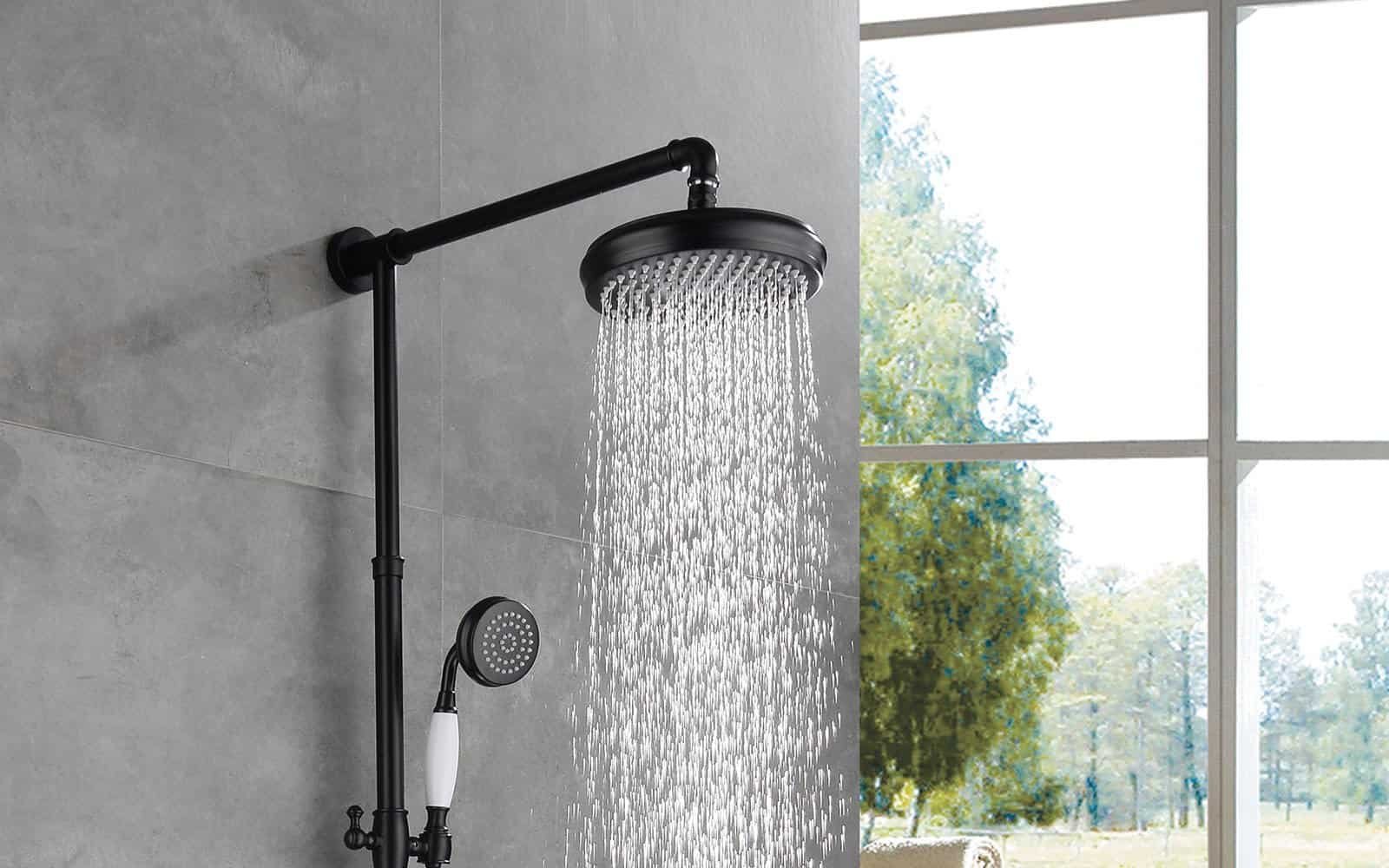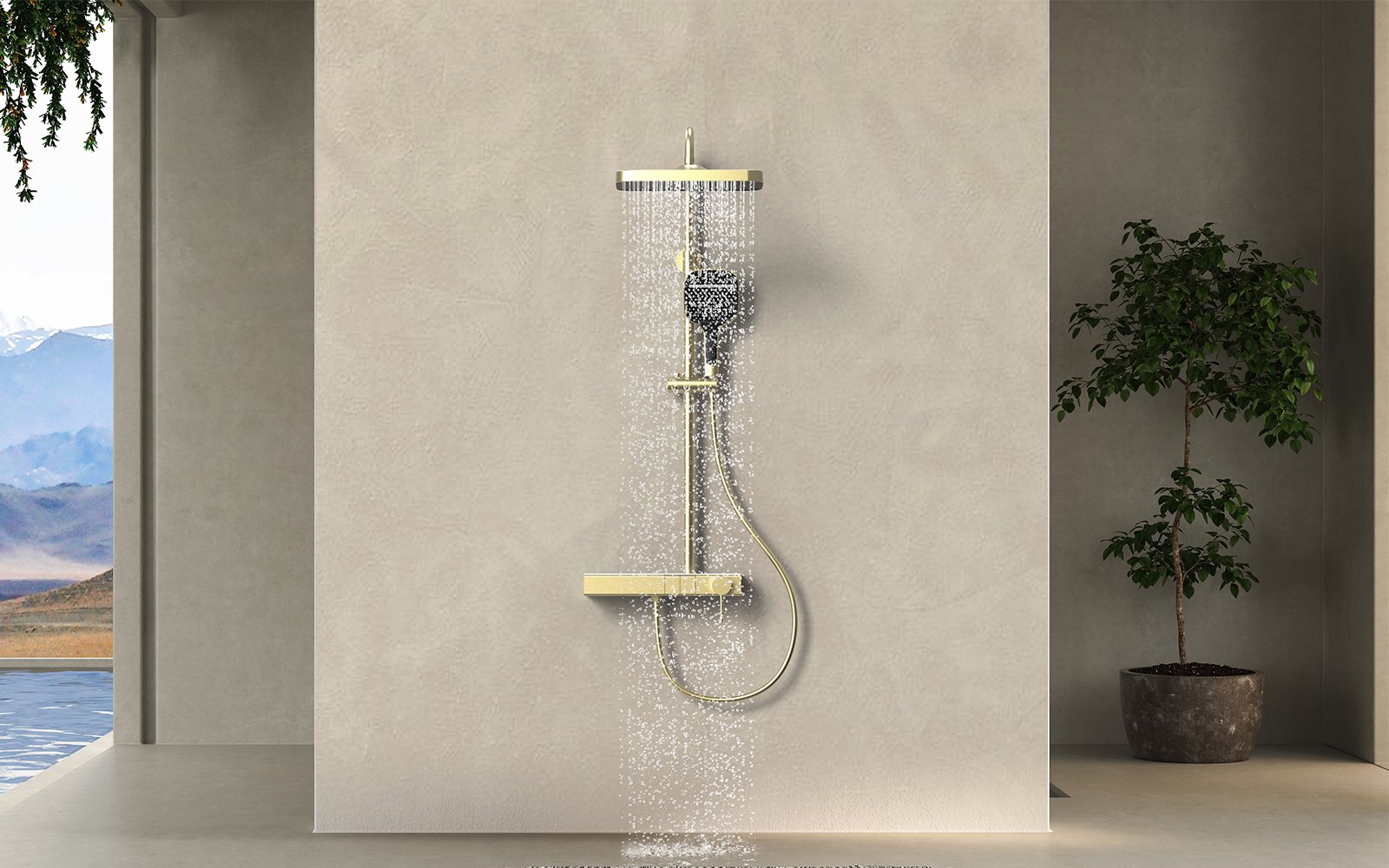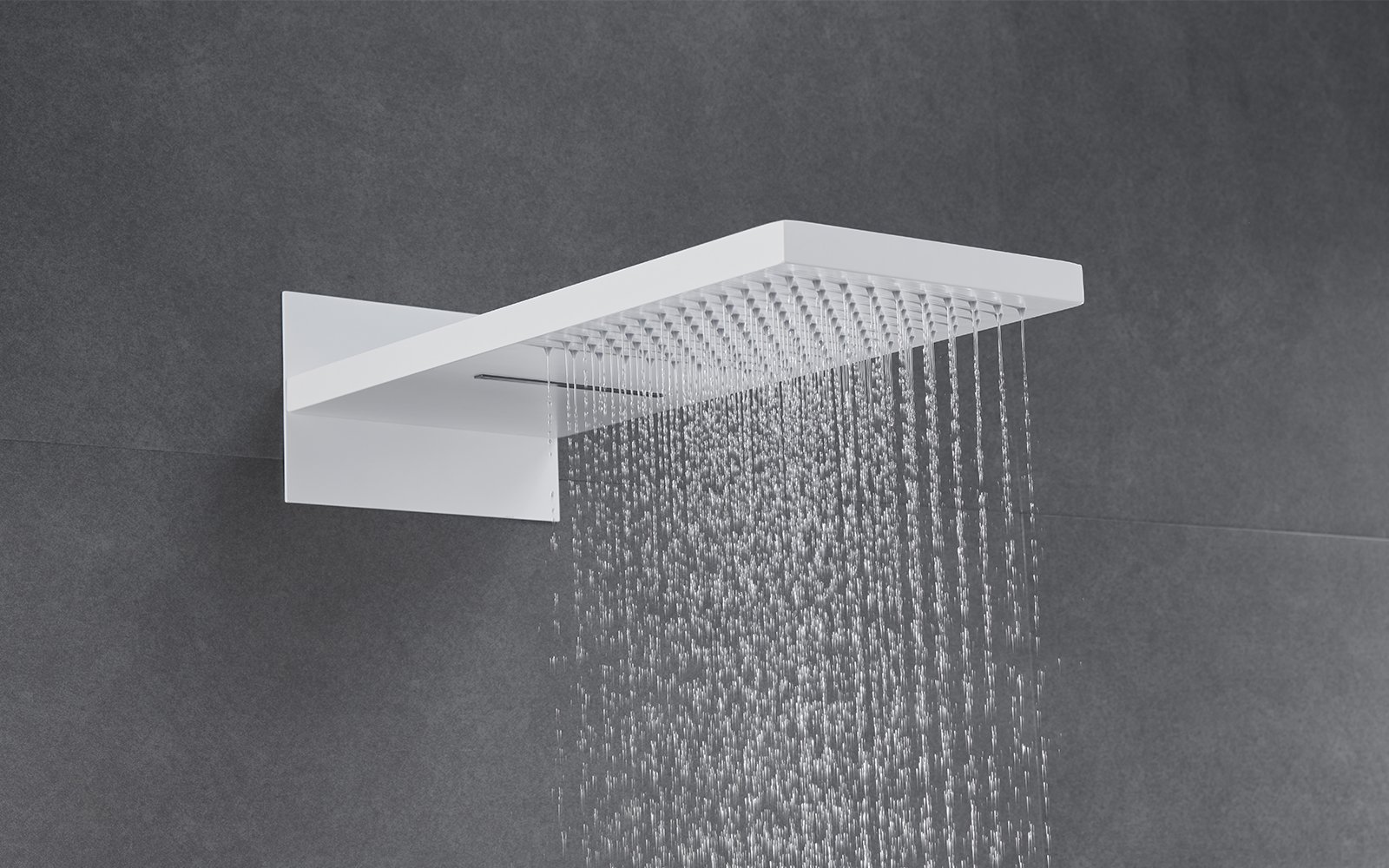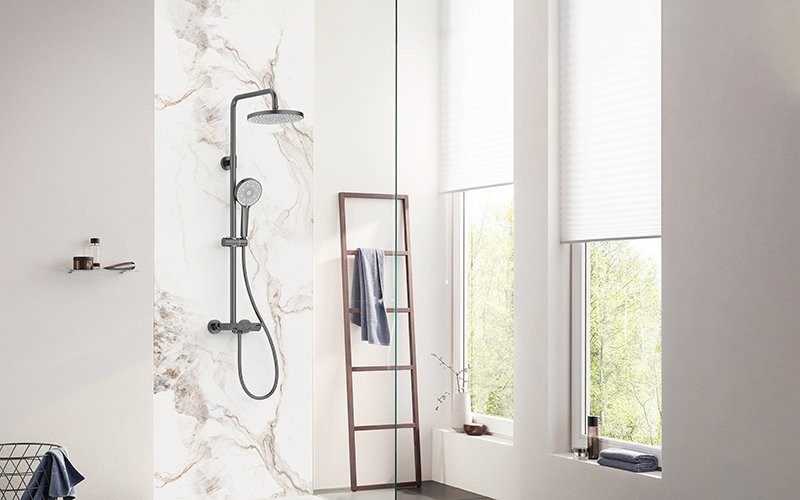Table of Content

Switching to a water-saving showerhead is a simple way to help the environment and lower your utility bills. These new shower heads save water without making showers less comfortable. This guide provides all the information you need to know about water-saving showerheads.
What is a Water-Saving Shower Head?
A water-saving showerhead uses less water while still giving you a good shower. It has features like flow restrictors or aerators that reduce water flow but keep the pressure comfortable. The main idea is to save water and energy, which helps lower your water and electricity bills.
How Do Water-Saving Shower Heads Work?
Water-saving shower heads» reduce water use by limiting the flow to 2.5 gallons per minute (GPM) or less.
These shower heads often incorporate technology such as:
- Flow restrictors: These devices limit the water flow to a set amount, usually measured in gallons per minute (GPM). Traditional showerheads usually use about 2.5 GPM, while water-saving ones use as little as 1.5 GPM or less.
- Aerators: Aerators combine air with water, creating the sensation of using more water than you actually are. The result is a satisfying shower with significantly reduced water consumption.
- Pressure-compensating technology: Some water-saving showerheads have valves that keep the pressure steady, even with less water flow.
Types of Water-Saving Shower Heads
When shopping for a water-saving shower head, you’ll find a variety of options to suit your needs:
- Low-Flow Shower Heads: These are the most common type of water-saving shower head. They typically use between 1.5 GPM and 2.0 GPM. Some even use as little as 1.2 GPM while still delivering an enjoyable shower experience.
- Showerhead with Flow Regulator: These models have a regulator that lets you adjust the water flow as needed. You can increase water flow for a more intense shower or reduce it to save water.
- Dual-Function Showerheads: These let you use both showerheads together or separately, saving water and giving you more options.
- Smart Showerheads: Some have features like temperature control, flow tracking, and auto shut-off to save water.

Why Switch to a Water-Saving Shower Head?
Conserve Water
Water is precious. With global water scarcity a concern, every drop matters. The EPA says the average family uses over 300 gallons of water a day, with 30% used in showers. Upgrade to a water-saving shower head to reduce your water use and help preserve this vital resource.
Lower Utility Bills
Using less water means less hot water to heat, which can lower your energy bills. Heating water is a major energy expense in a home. Using less water to shower uses less energy. Over time, this can lead to noticeable savings on your utility bills.
Environmental Benefits
Saving water helps you save money and reduce your carbon footprint. Using less water reduces the energy needed to pump, treat, and heat it. A water-saving shower head helps the environment and is good for the fight against climate change.
Maintain a Comfortable Shower Experience
Some people believe that water-saving showerheads do not provide a satisfying shower experience. Many modern water-saving models save water while aiming to maintain pressure or comfort. These shower heads maintain a strong, consistent flow while saving water.
Long-Term Durability
Manufacturers design water-saving showerheads for durability and long-term use. They have fewer moving parts and use high-quality materials, which means they need less maintenance. Some models have coatings that prevent mineral buildup, which can extend their lifespan.

Potential Downsides of Water-Saving Shower Heads
Water-saving showerheads are great for reducing water and energy use, but they do have a few downsides:
Lower Water Pressure
While many water-saving showerheads maintain pressure, some users may notice lower water pressure. Even though modern models have improved, low-flow models may still feel weaker than traditional high-flow ones.
Not Ideal for Large Households
In a large household, multiple people showering quickly can lead to longer showers or uneven water pressure. This could be particularly frustrating if several people need to use the shower one after the other.
Hard Water and Mineral Build-Up
Adjustment Period
If you’re accustomed to high-pressure showers, you may take time to adjust to the lower flow of a water-saving model. At first, it may feel less luxurious, but many users adjust to it over time.

How Much Water Can You Save?
Switching to a water-saving shower head can lead to significant water conservation. On average, you could save up to 2,700 gallons of water annually by installing a low-flow shower head. This translates to an annual savings of about $70 on water bills and $50 on energy bills, according to the EPA.
In a family of four, you could save up to 10,000 gallons of water a year. Over time, these savings can add significantly.
How to Choose the Right Water-Saving Shower Head
When selecting a water-saving shower head, consider the following factors to make sure you’re choosing the best one for your home:
- Flow Rate: Look for a shower head with a flow rate of 1.5 to 2.0 GPM. This range offers a good balance between water conservation and shower experience.
- Water Pressure: If you have low pressure, choose a showerhead with pressure-compensating features for a steady flow.
- Adjustability: If you want control over the flow, pick a model with adjustable settings to match your preferences.
- Material: Choose a durable showerhead made from stainless steel or high-quality plastic for long-lasting use.
Conclusion
In summary, water-saving showerheads help reduce water use, lower energy bills, and promote environmental health. They may lower water pressure and need cleaning, but the benefits—saving money and helping the environment—make it worth it. With plenty of options, there’s a water-saving showerhead for every home.
FAQs
Related Posts








